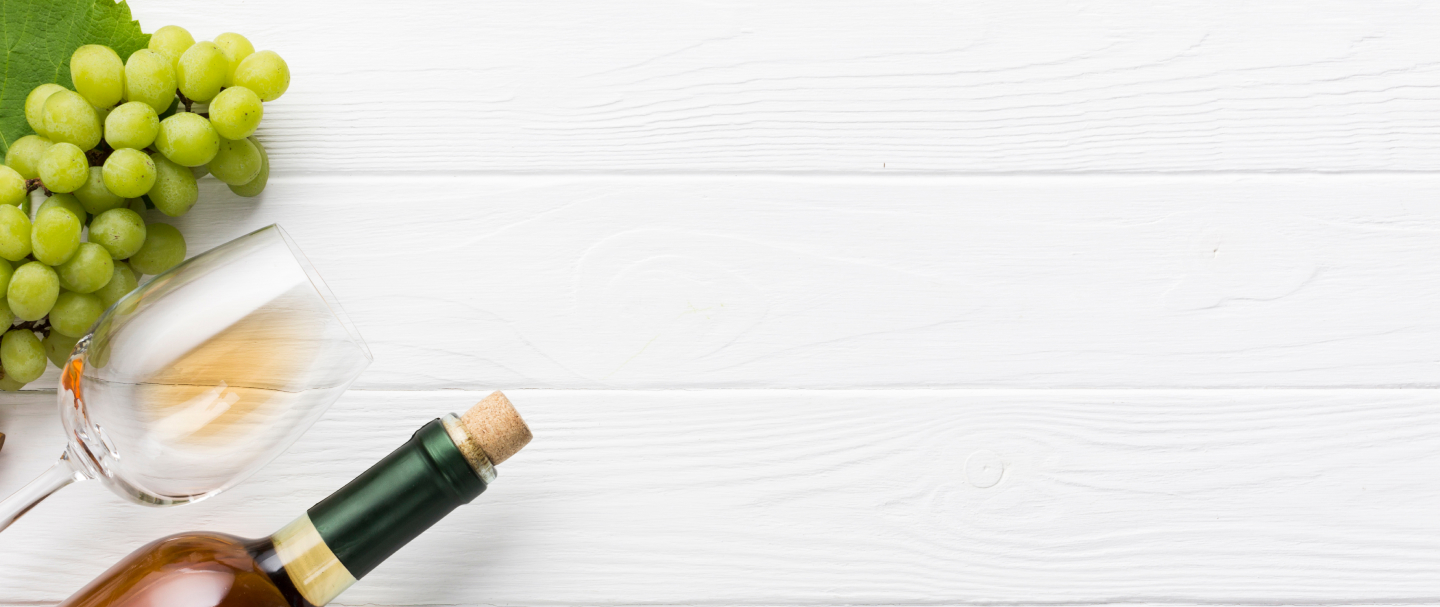Bourbon Japanese Whiskey Zinfandel 750ml Pre-Arrival
Bourbon has survived all manner of difficulties and restrictions to become one of the world’s best selling and most recognizable spirits. This unique and distinctly American whiskey came from humble origins, allowing poor farmers in the fields of Pennsylvania and Maryland to make a living from their crops. Prohibition, temperance movements and conflict continuously threatened to wipe Bourbon from existence, but today the drink is stronger than ever and has a global audience of millions. Over time, it has become more refined, and innovation and experimentation has set modern Bourbon apart from other whiskey styles.
Today, the Bourbon heartland and spiritual home is in Kentucky, where the whiskey producers of northern states traveled to seek a new home, free from oppressive tax regimes in the early days. It is now far from the rough and ready spirit of yesteryear, governed by strict rules and regulations to maintain standards and keep quality high. Modern Bourbon must be made from a mash which is no less than 51% and no more than 80% corn (the rest of the mash being made from rye, wheat or barley), giving it a distinctive sweetness, and it must be aged in charred, white oak casks with no other added ingredient but water.
The varied flavors of different Bourbons come about mainly from the different quantities of the permitted grains in the mash. A larger proportion of rye will produce a spicy, peppery whiskey, whereas more wheat will result in a smoother, more subtle drink. Ageing and water quality, as well as the expertise and vision of the craftsmen who distill it, will also make a difference, meaning there is much more to Bourbon than might first meet the eye.
Whisky might not be the first thing that springs to mind when we think of Japanese fine produce, but over the past one hundred years, this fascinating and multi-faceted country has diligently forged a unique whisky identity which is growing in popularity, and which is entirely its own.
The story of Japanese whisky begins in 1918, when Masataka Taketsuru was sent to Scotland to undertake a tour of single malt distilleries in the Highlands, and bring home a knowledge of whisky and distillation skills. He returned full of inspiration, helped no doubt by his new Scottish wife, and alongside his friend, Shinjiro Torii, set up what would become a successful whisky industry.
Today, the Japanese whisky industry is spread over a relatively small handful of distilleries, which continue to use Scottish techniques and recipes, but with a hefty dose of distinctly Japanese experimentalism. This is displayed most obviously in the barrelling techniques the Japanese use - to create a distinctly Oriental set of tasting notes, native Japanese oakwood casks are used for ageing, alongside casks taken from plum wine producers, which impart a beautiful set of floral flavors to the whisky.
While some distilleries produce some excellent single malts, the majority of Japanese whiskies are blended, which reveals a unique set of flavors and aromas ranging from honeysuckle and orange blossom, to toffee and acetone.
The precise origins of what became known as the Zinfandel grape variety are uncertain, although it has clear genetic equivalents in both Puglia and Croatia. However, when it was brought to the New World in the mid 19th century, it became known as the Zinfandel, and has been consistently popular and widely grown ever since. These very dark and very round grapes have a remarkably high sugar content, resulting in relatively high levels of alcohol in the wines they are made into, with bottles often displaying as much as fifteen percent. What makes the Zinfandel such an interesting grape, though, is the fact that the flavors produced by this varietal vary considerably depending on the climate they are grown in. In cooler valley regions, the Zinfandel grapes result in wines which hold strong flavors of tart and sweet fruits; raspberry, redcurrant and sweet cherry, held in a very smooth and silky liquid. Conversely, warmer regions result in more complex and spicy notes, including anise, pepper and hedgerow berries.





